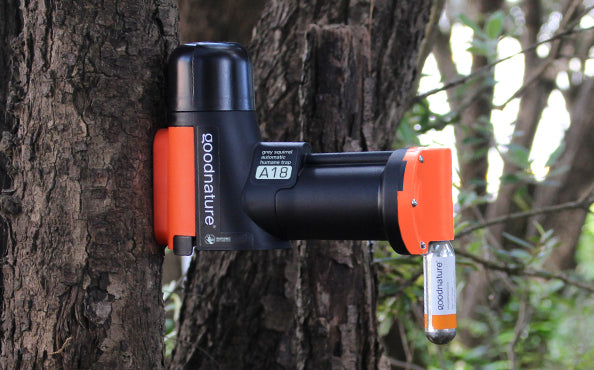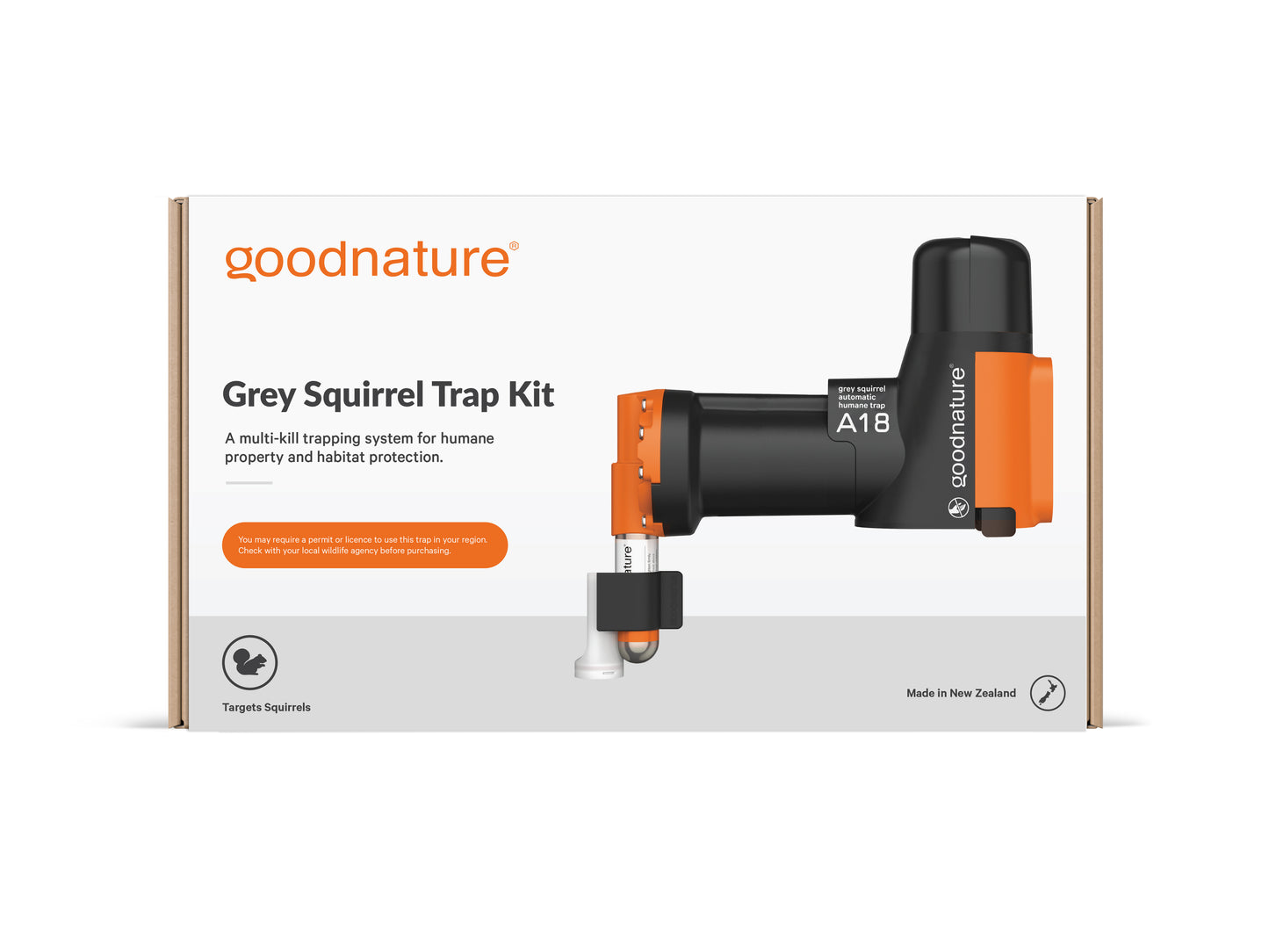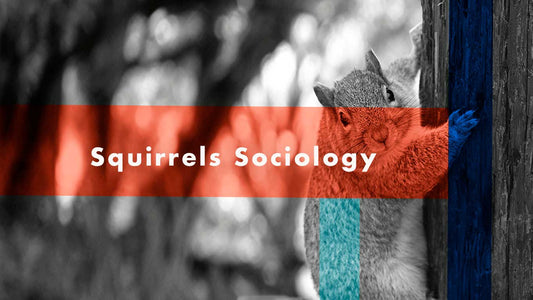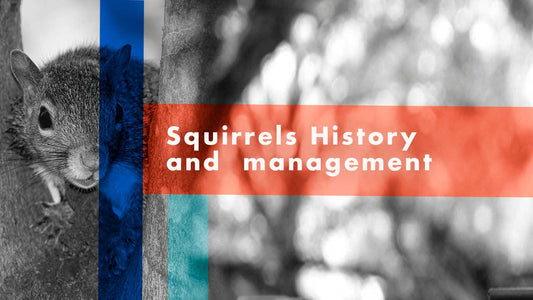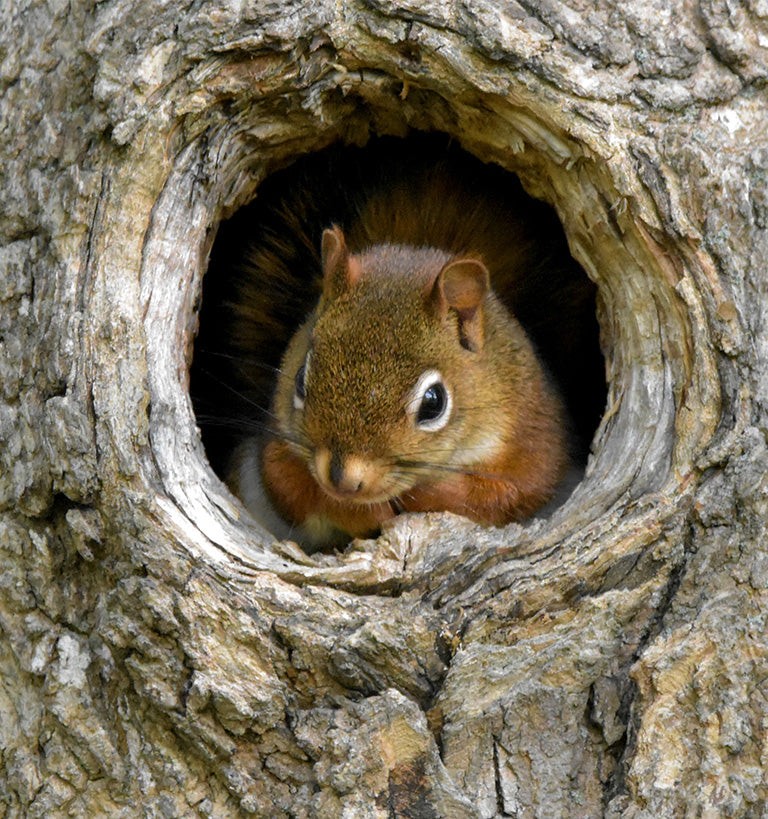
Nesting Habits:
Squirrels in the United States typically build nests called dreys, which serve as their homes and shelter. Dreys are constructed high up in trees, usually in the forks of branches or against the trunk, where they provide protection from predators and harsh weather conditions. Squirrels build dreys using a combination of materials, such as twigs, leaves, moss, and other natural materials.
While squirrels generally prefer to build dreys in trees, they may occasionally seek out alternative nesting sites, including human properties. There are a few reasons why squirrels might end up building nests in human structures:
Access to Food: Squirrels are opportunistic feeders and are attracted to areas where they can find a consistent food source. If there are bird feeders, fruit trees, or garbage bins nearby, squirrels may be enticed to build nests in the vicinity for easy access to food.
Shelter and Safety: Human properties often provide squirrels with a safe and secure environment, free from natural predators. Attics, chimneys, and wall voids can mimic the protective qualities of a tree cavity, making them appealing options for nesting.
Nesting Material Availability: Squirrels are resourceful and will use whatever materials are readily available to construct their nests. If there are piles of leaves, branches, or other suitable nesting materials on or around human properties, squirrels may take advantage of them to build their dreys.
-
Social Structure
Squirrels are primarily solitary animals, but they exhibit social behaviors during mating and raising offspring.
Male squirrels compete for females during the mating season, engaging in courtship displays. While solitary in their daily lives, squirrels may tolerate the presence of others temporarily, especially when food is abundant. Female squirrels raise their young alone, constructing nests called dreys, and communicating through vocalizations, body postures, and tail movements. While social structures can vary among species and populations, squirrels demonstrate a mix of solitary and social behaviors in their interactions with other squirrels.
-
Habitat Preferences
Squirrels exhibit different habitat preferences in urban, suburban, and agricultural settings, showcasing their adaptability to diverse environments.
In urban areas, squirrels thrive in parks and green spaces, utilizing trees for nesting and urban structures for shelter. Suburban landscapes provide a mix of residential neighborhoods and gardens, offering squirrels a combination of trees, bird feeders, and gardens as food sources and nesting sites. In agricultural settings, squirrels may utilize tree lines and corridors between crop fields, foraging on available crops like corn and sunflowers.
-
Survival Mechanisms
Squirrels employ various survival mechanisms to thrive in their environments. Their adaptability enables them to adjust behavior and habitat preferences, while their agile movements and acrobatics aid in escaping predators and accessing food sources. Squirrels are efficient food storers, caching and retrieving food when resources are scarce. They utilize camouflage to blend with their surroundings and construct secure nests for shelter.
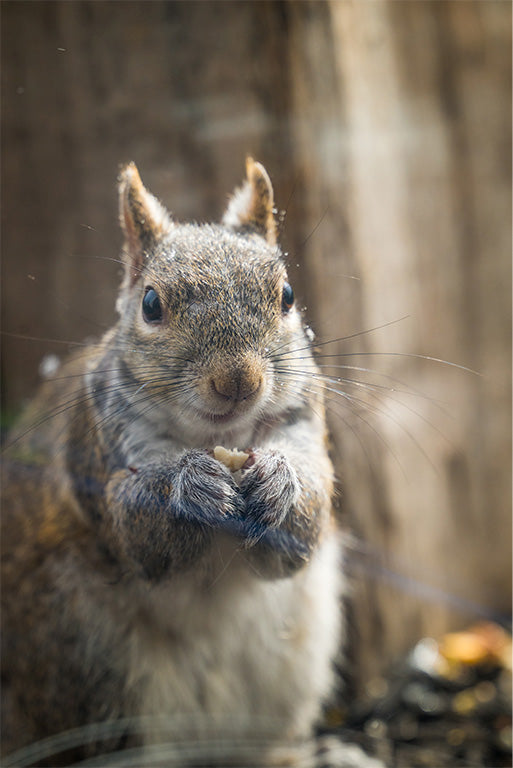
Preferred Food Sources:
Squirrels have different food sources depending on their species and environment, but some are typical preferences.
Nuts: Squirrels are well-known for their love of nuts, including acorns, walnuts, hazelnuts, and chestnuts. They have specialized teeth that allow them to crack open the hard shells to access the nutritious kernels inside.
Seeds: Squirrels also enjoy eating seeds from a variety of plants, such as sunflower seeds, pine seeds, and maple seeds (known as "helicopters" or "whirlybirds"). They may forage for seeds in trees, on the ground, or even raid bird feeders.
Fruits and Berries: Squirrels have a sweet tooth and will readily consume fruits and berries when available. They enjoy feasting on apples, berries, cherries, grapes, and other ripe fruits.
Tree Bark and Sap: In times when other food sources are scarce, squirrels may resort to gnawing on tree bark and lapping up tree sap for sustenance. This behavior is more common during the winter months when nuts and seeds are less abundant.
If you possess specialized knowledge or profound insights that you're currently applying or believe will benefit others, we encourage you to share your expertise with us.
Your valuable wisdom can greatly enrich our community and empower fellow trappers!
Now that you know your target, meet our top squirrel killer!

Automatic Trap Company
A18 Squirrel Trap Kit With Digital Strike Counter
Share


